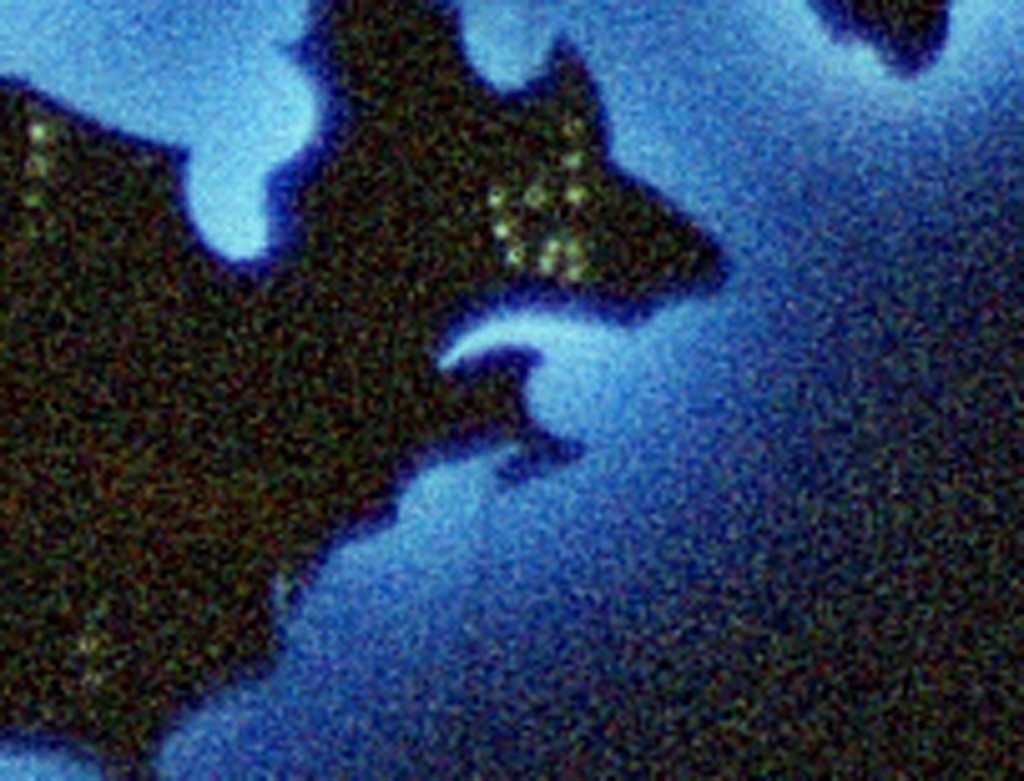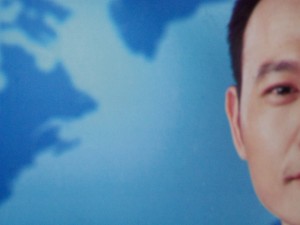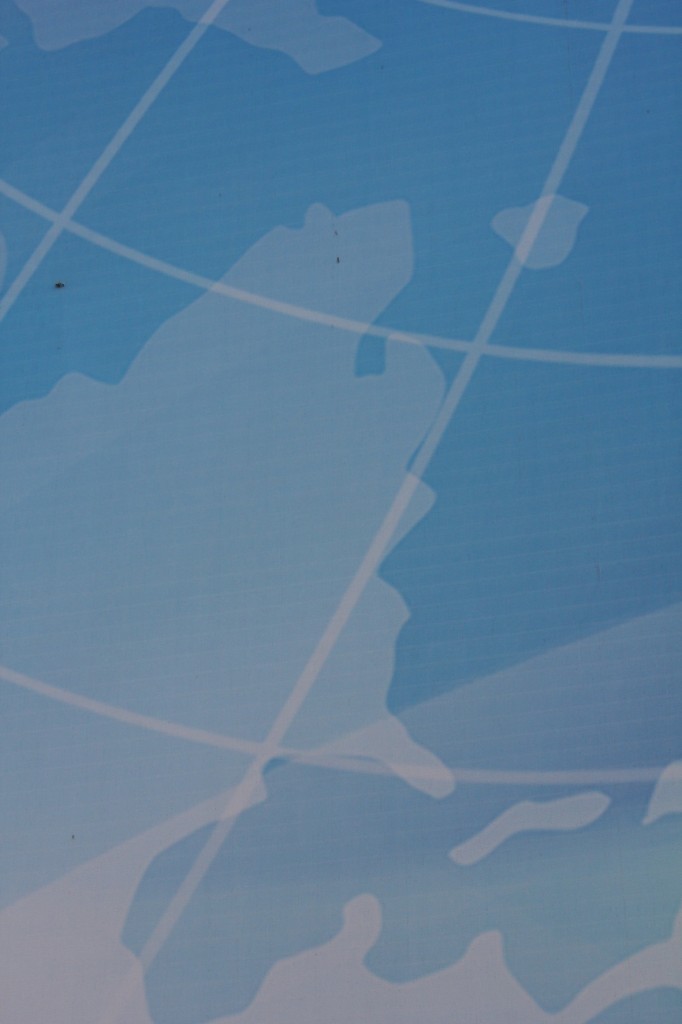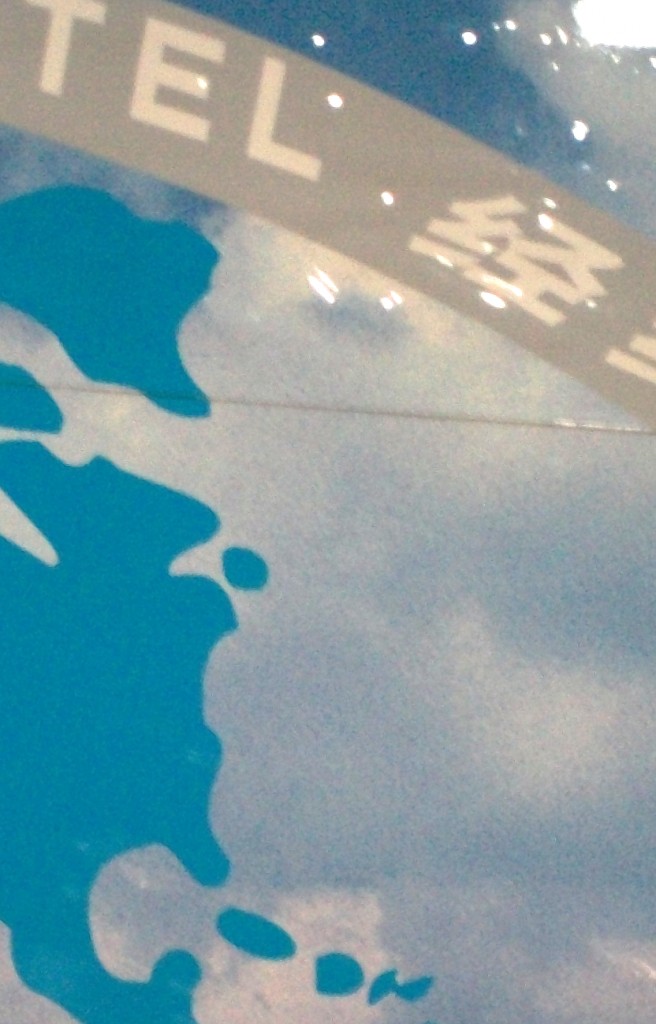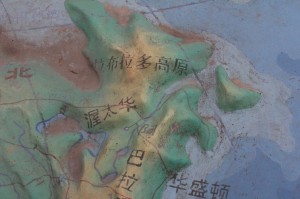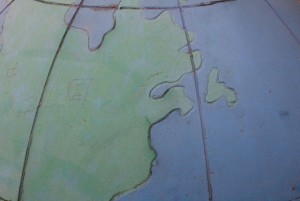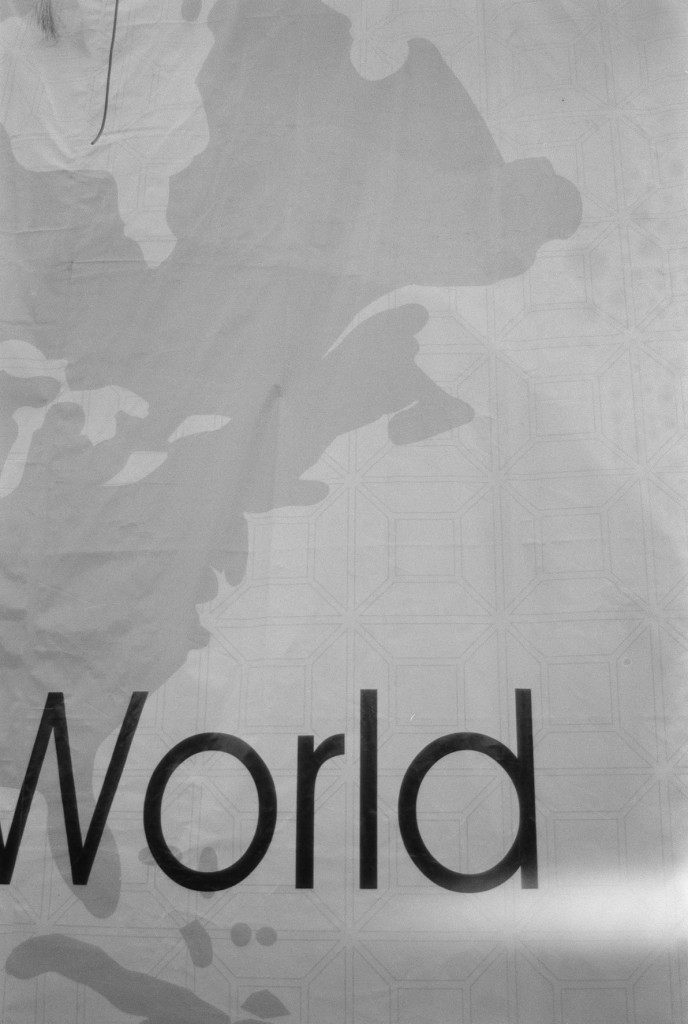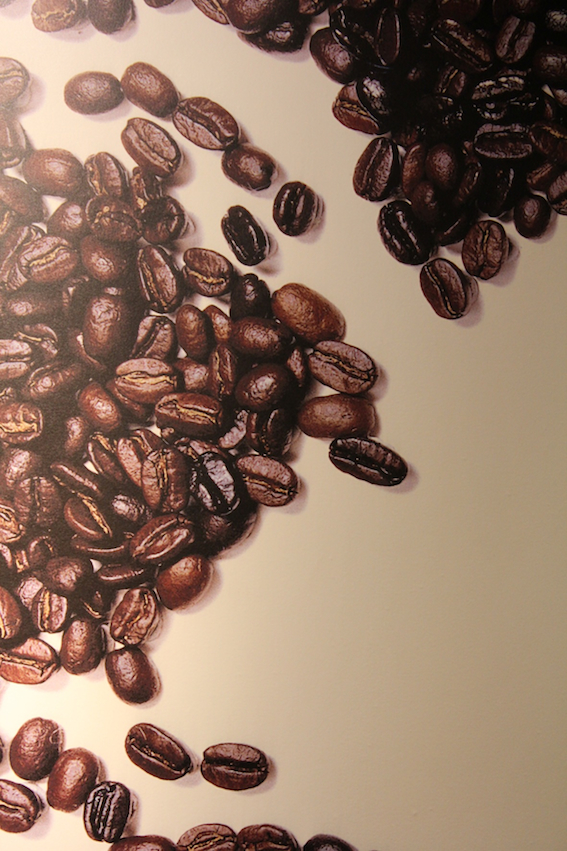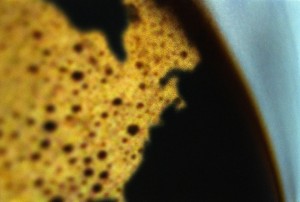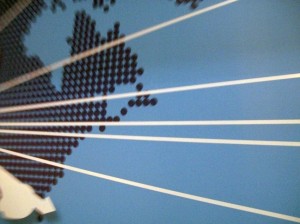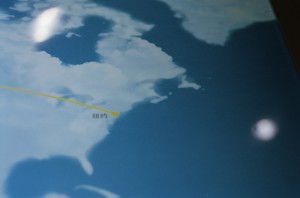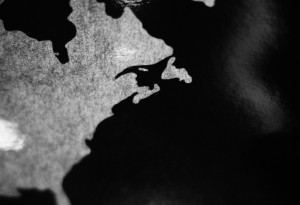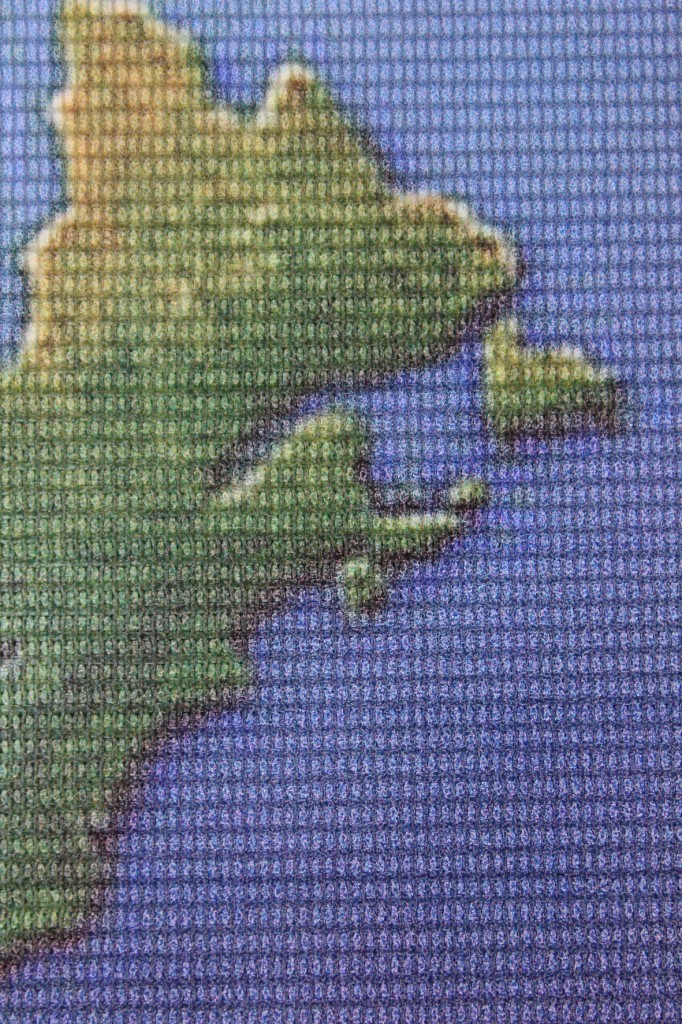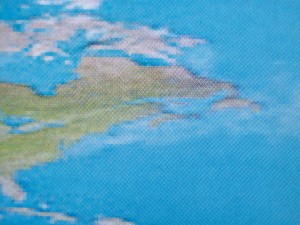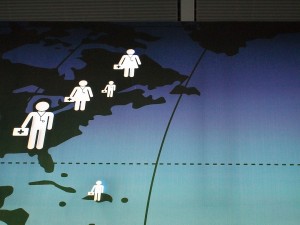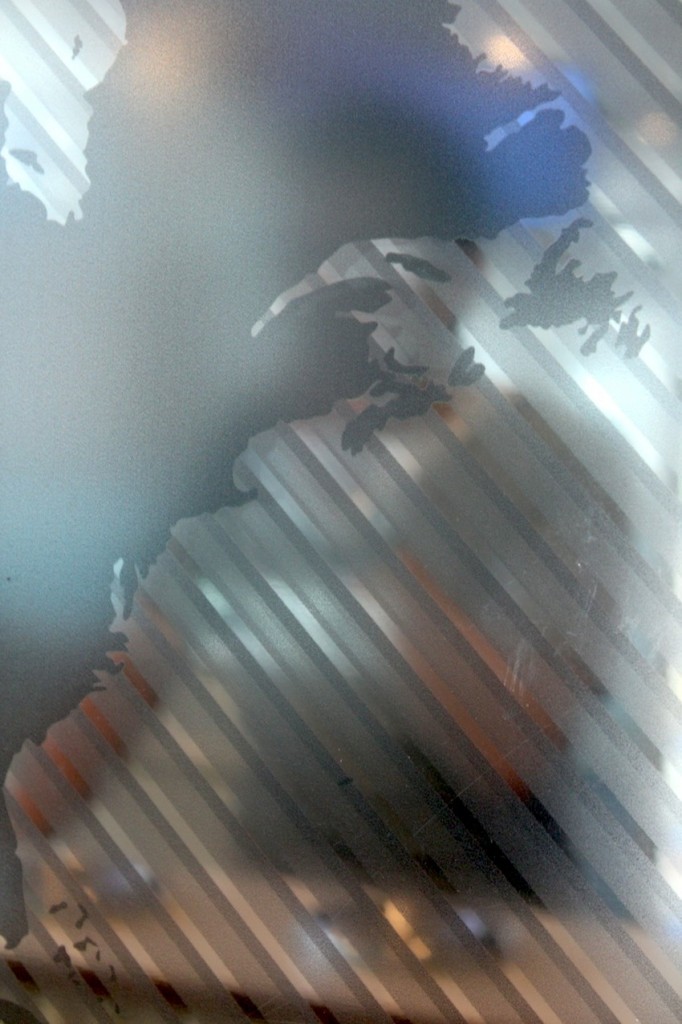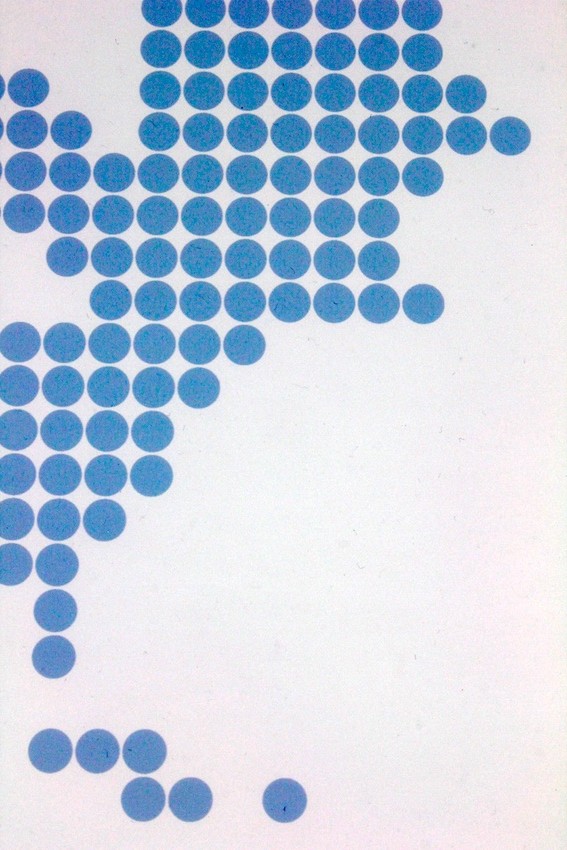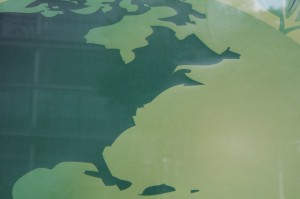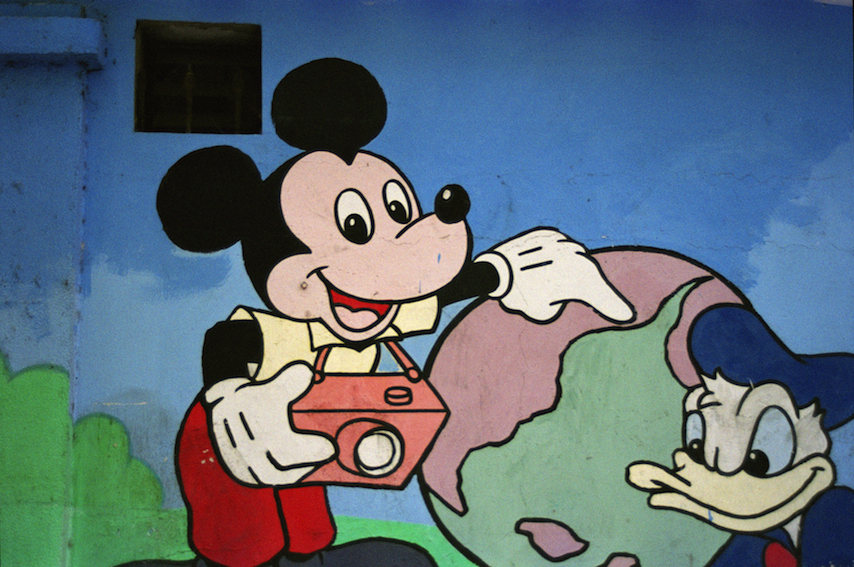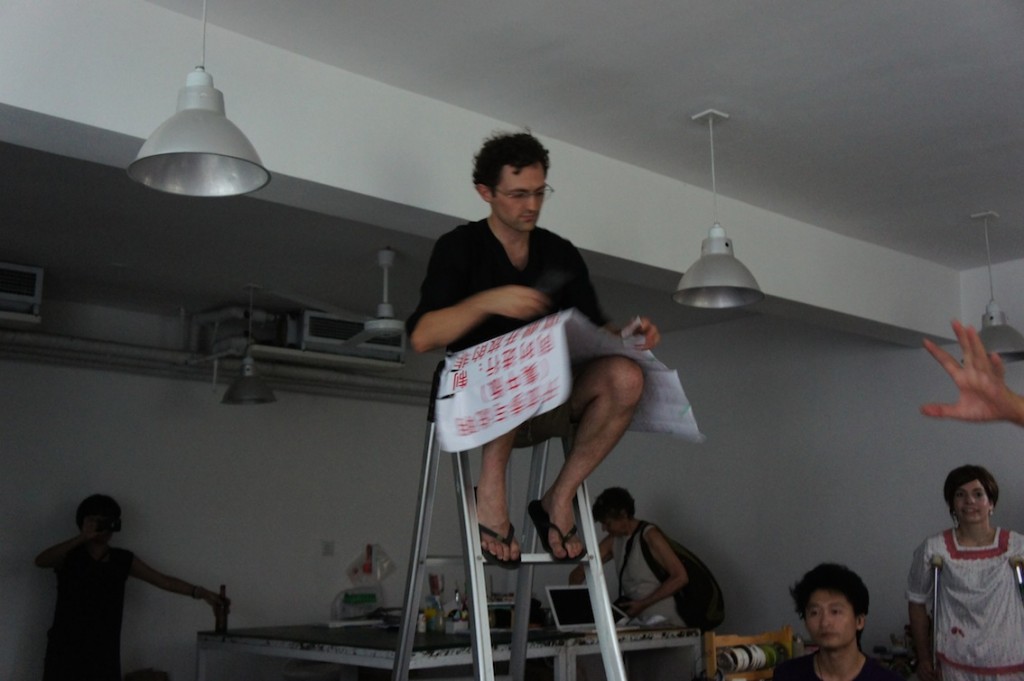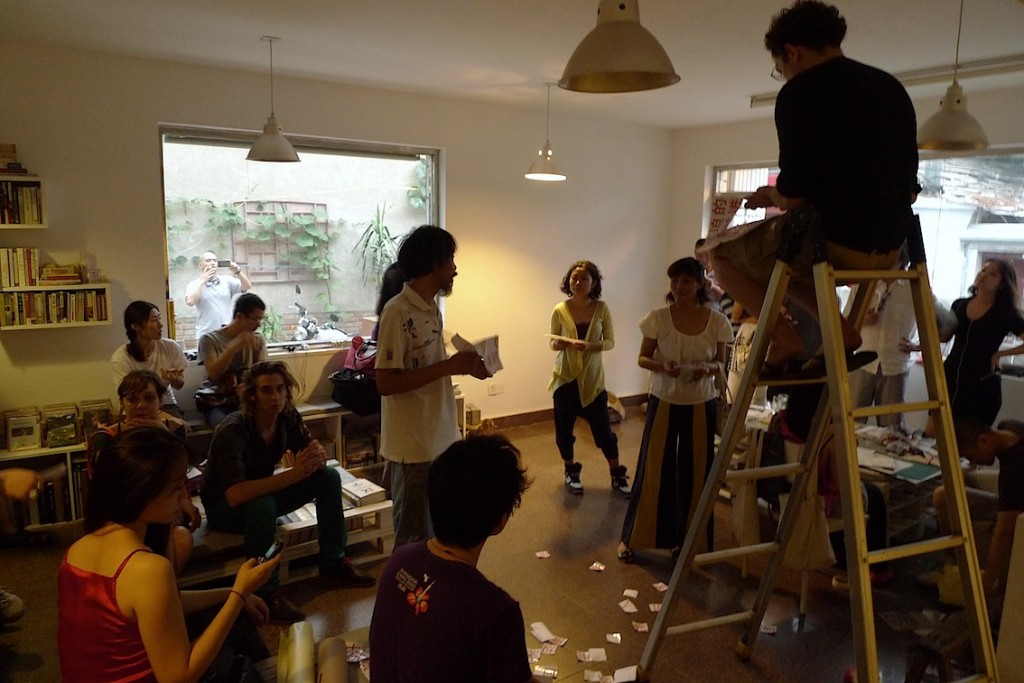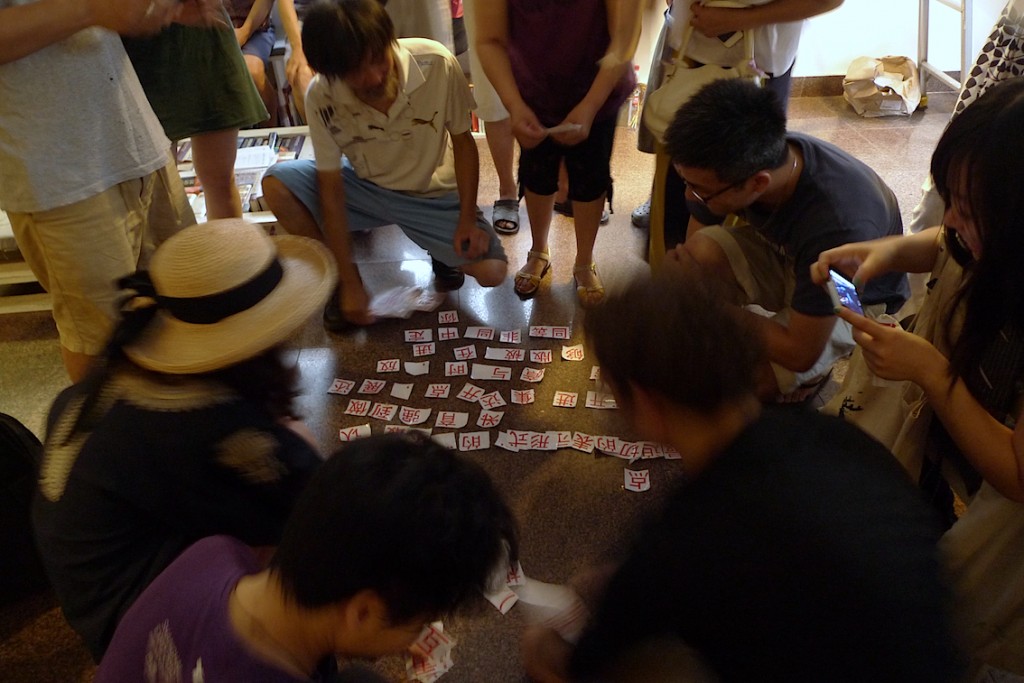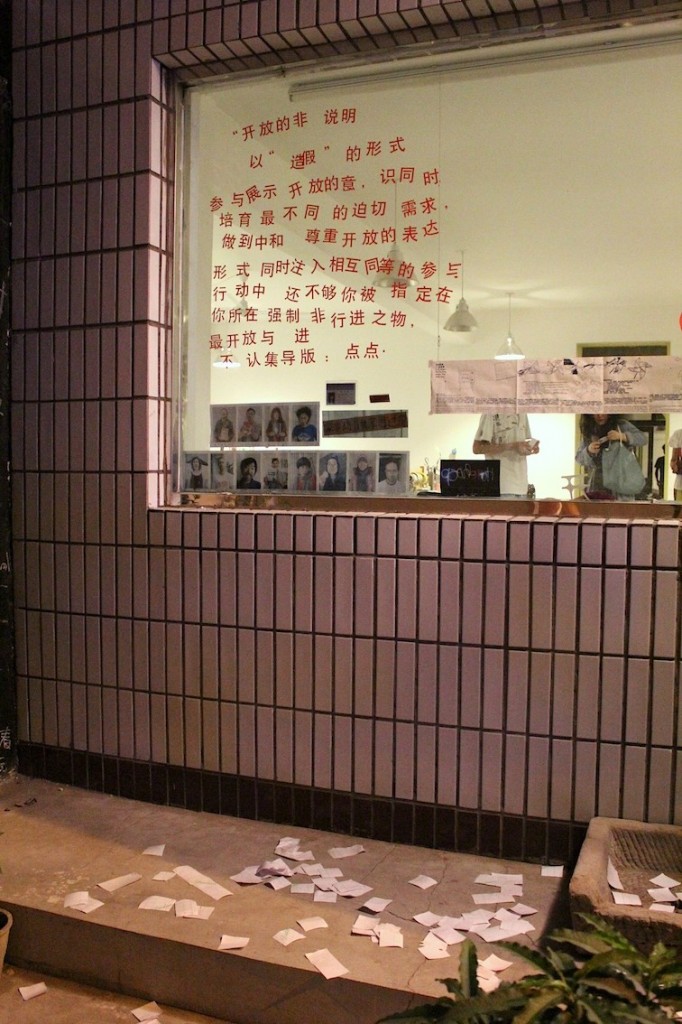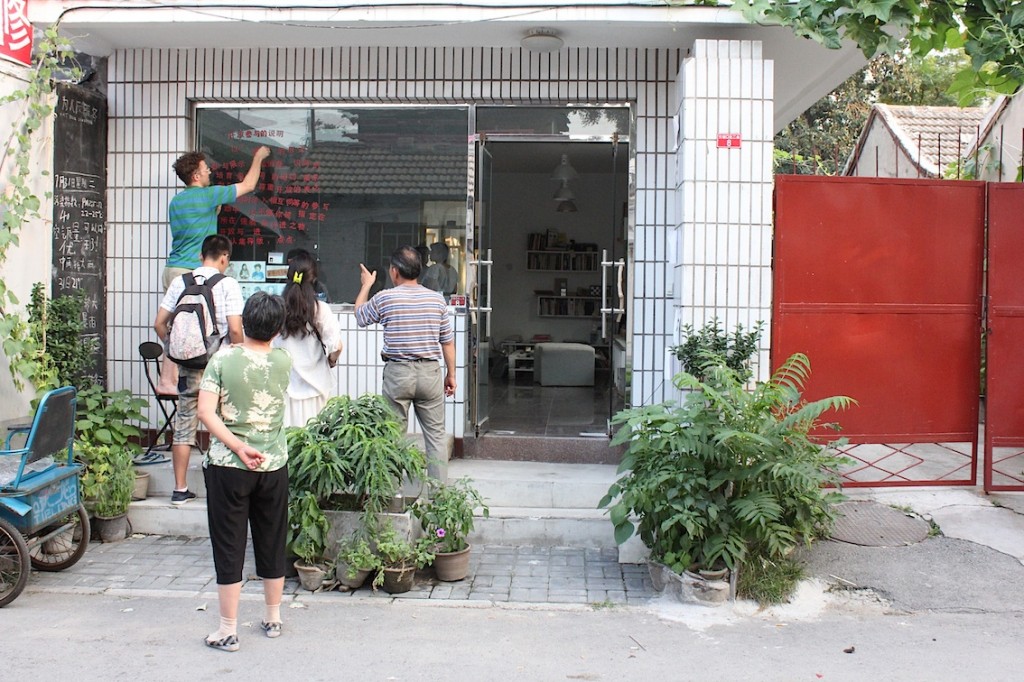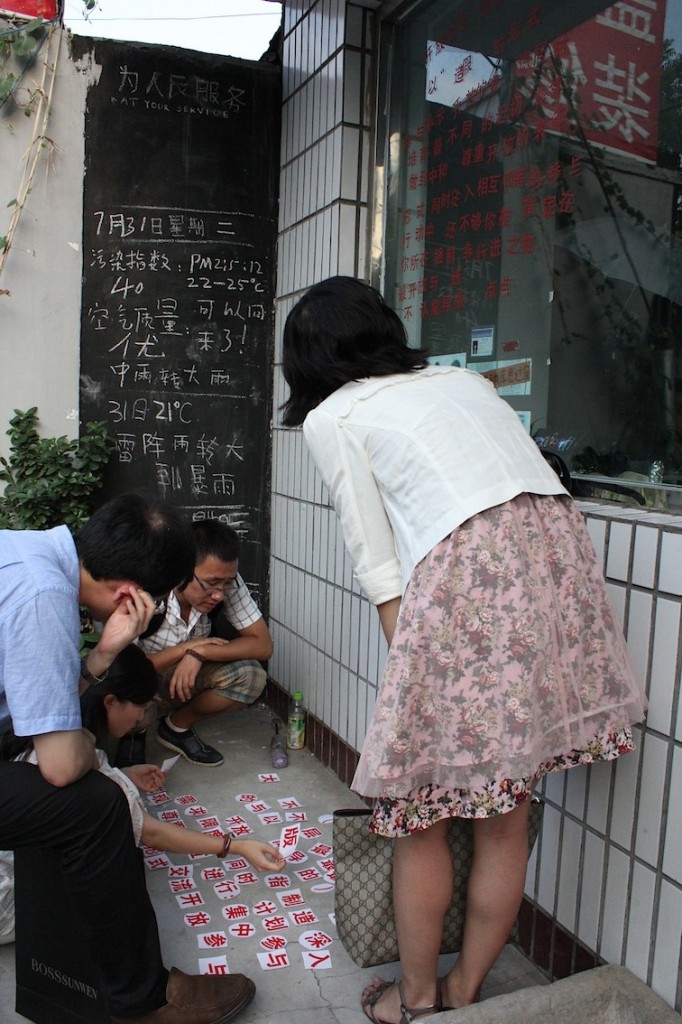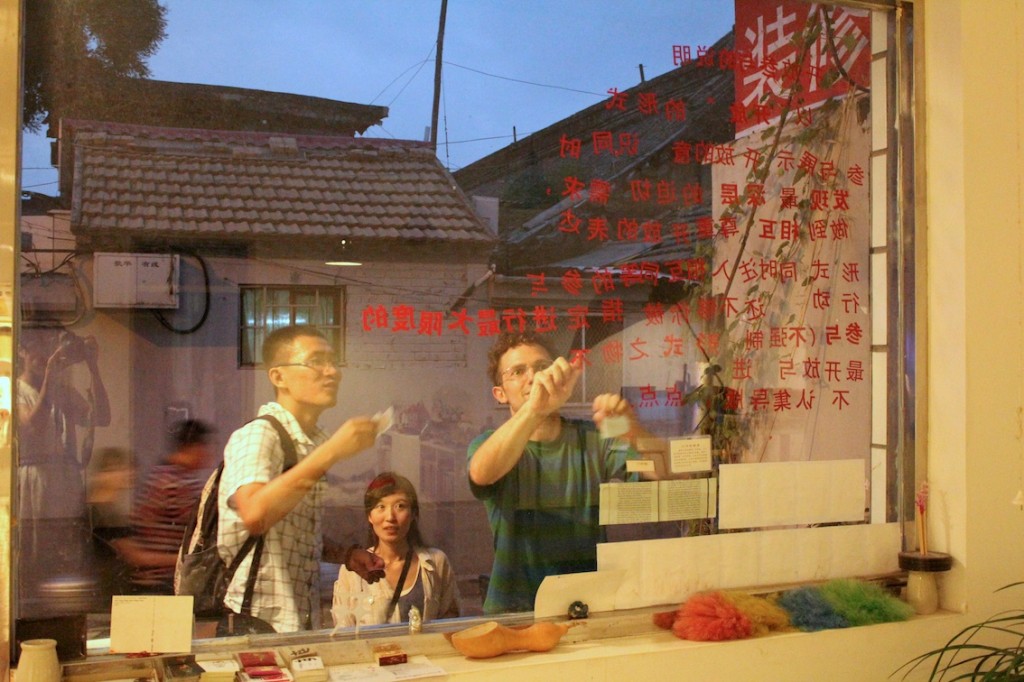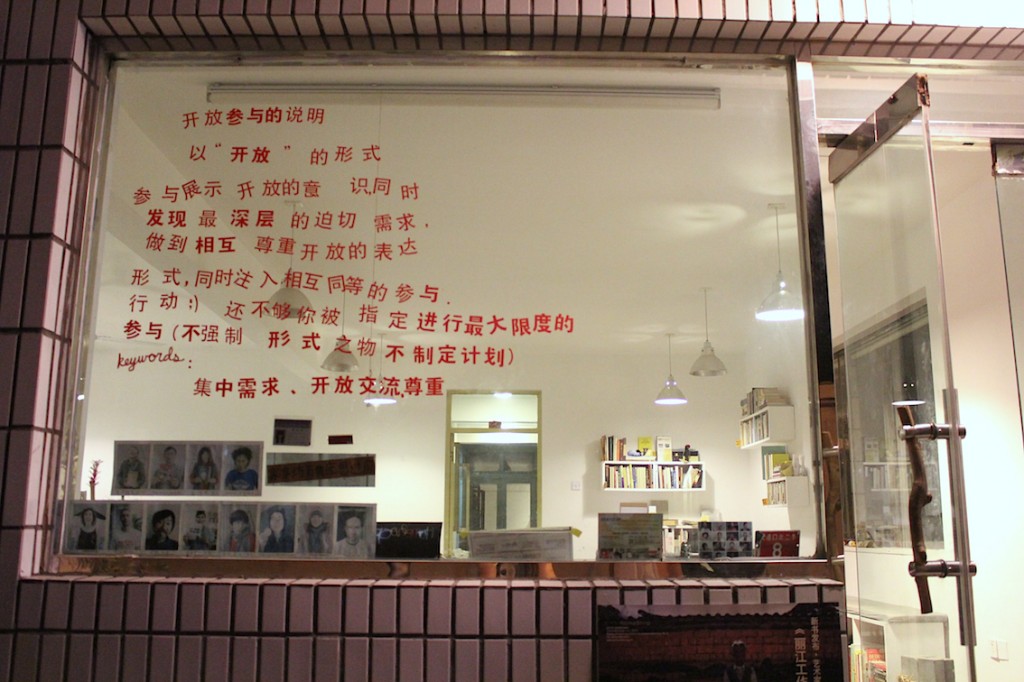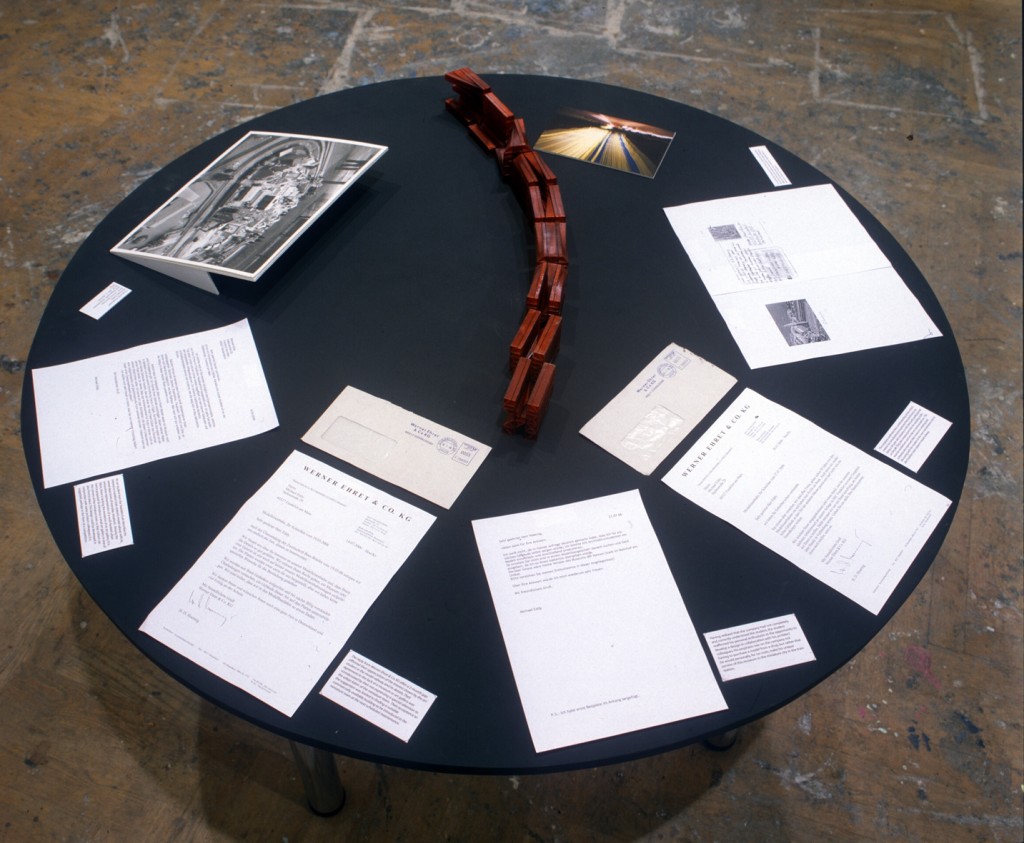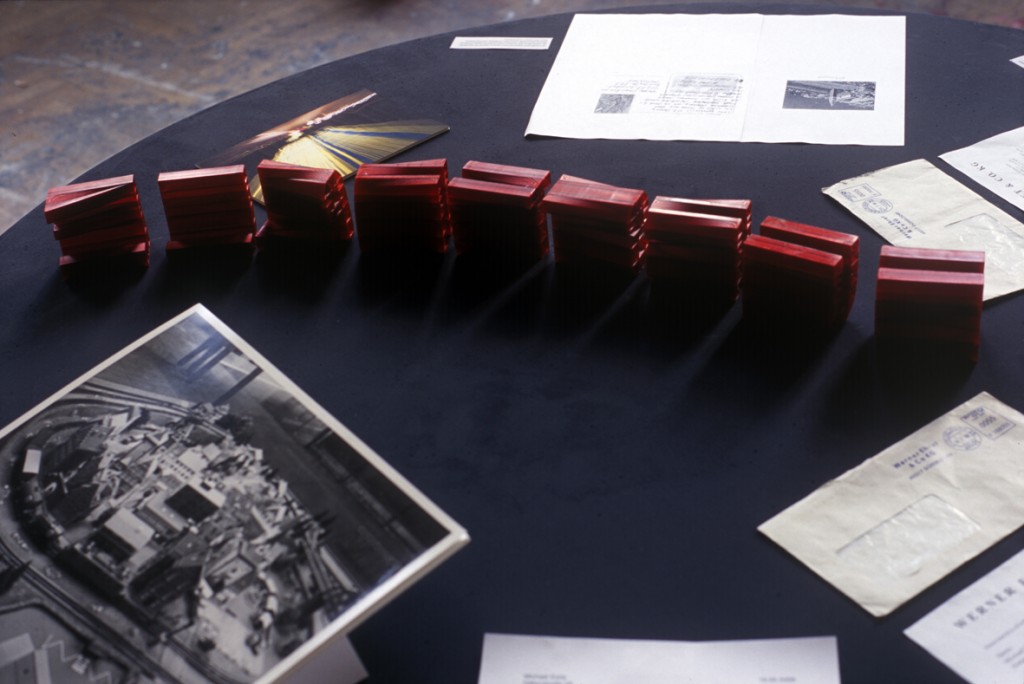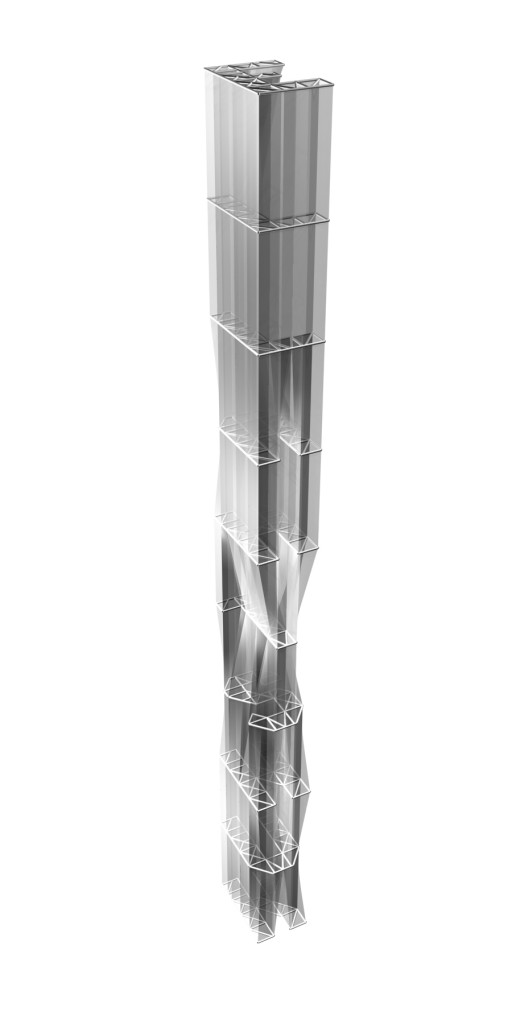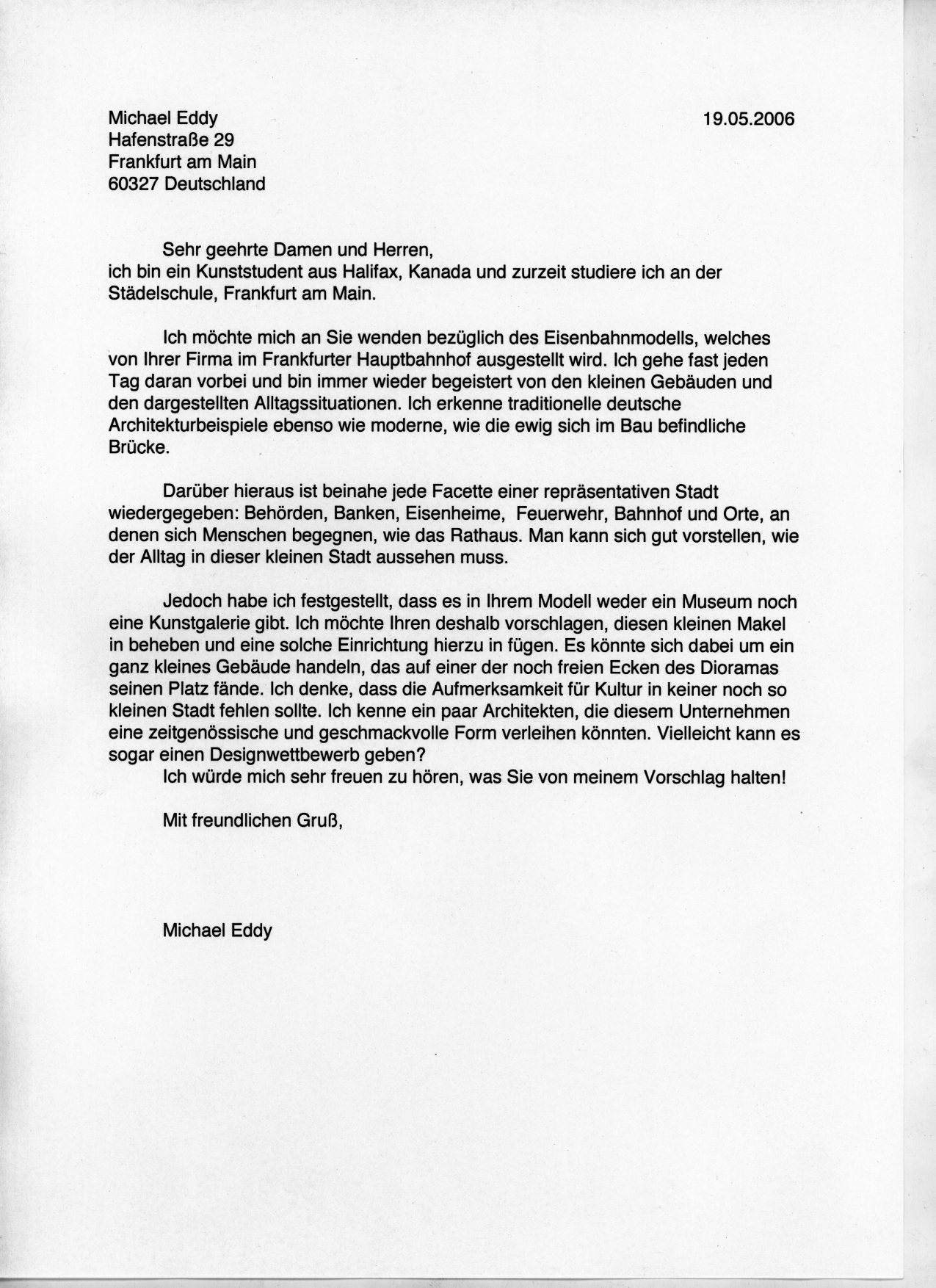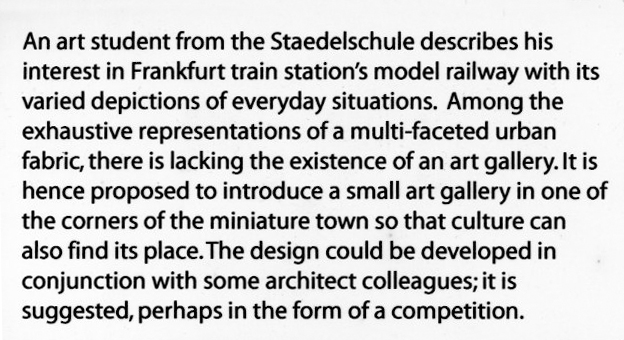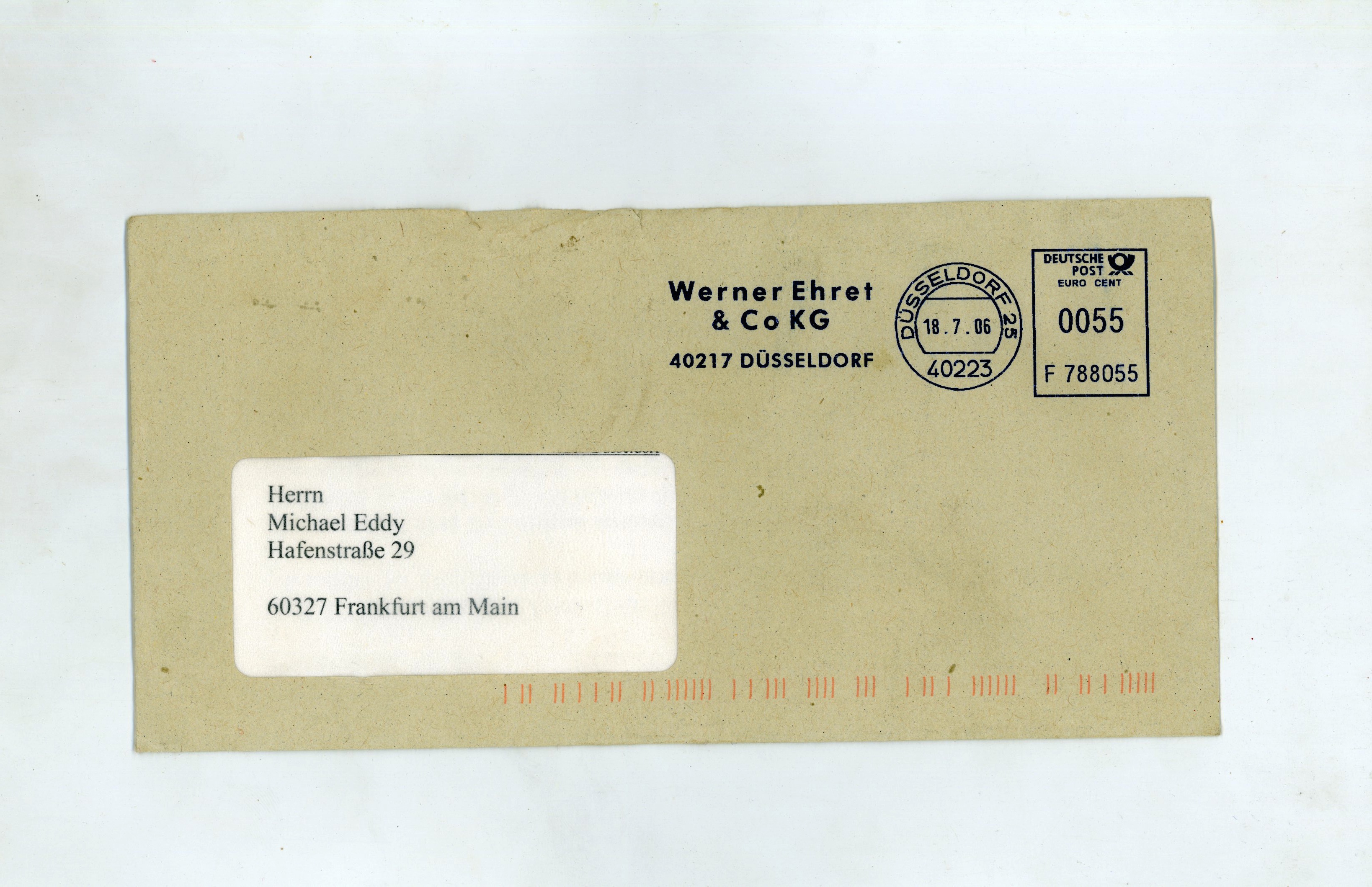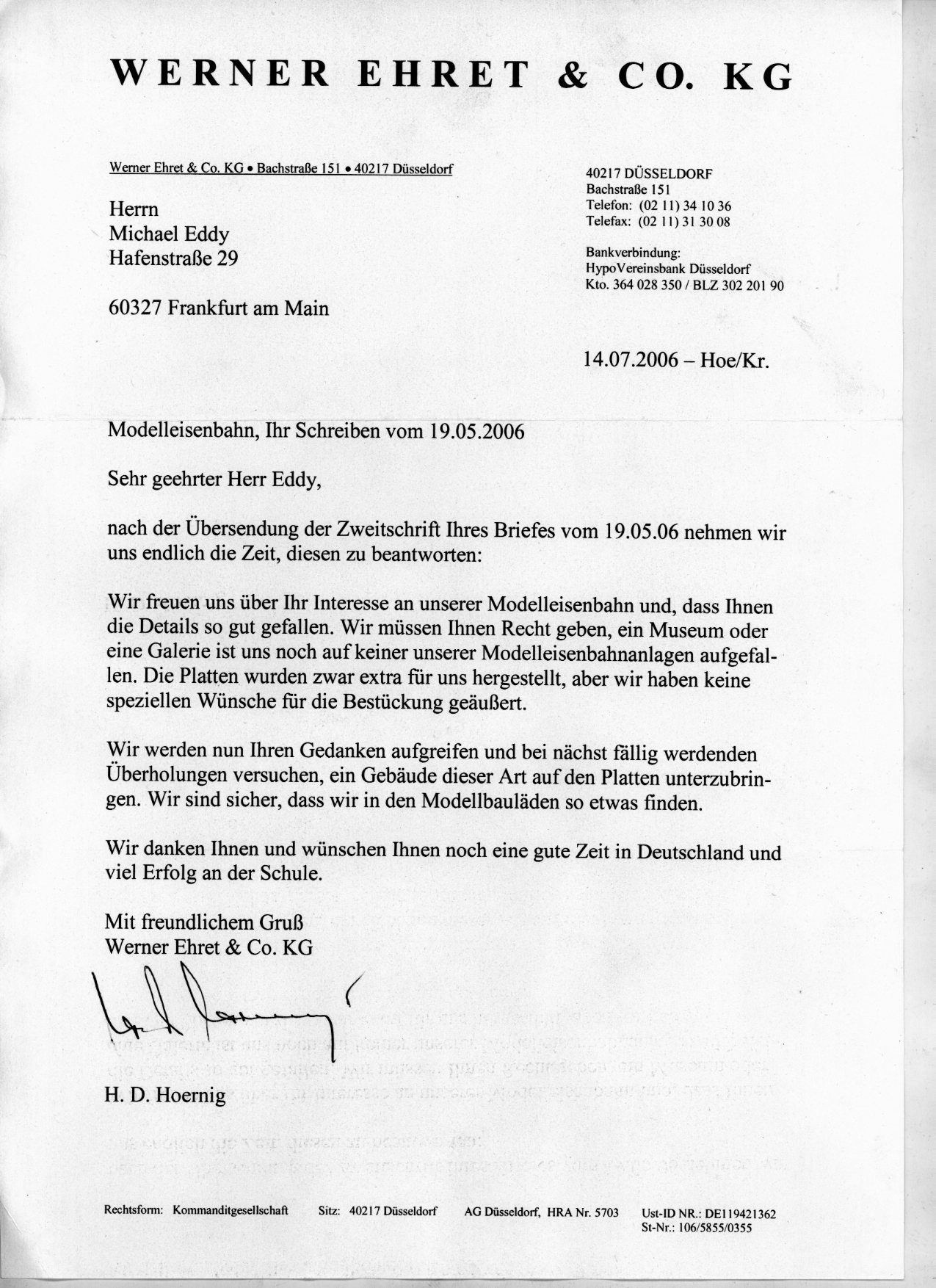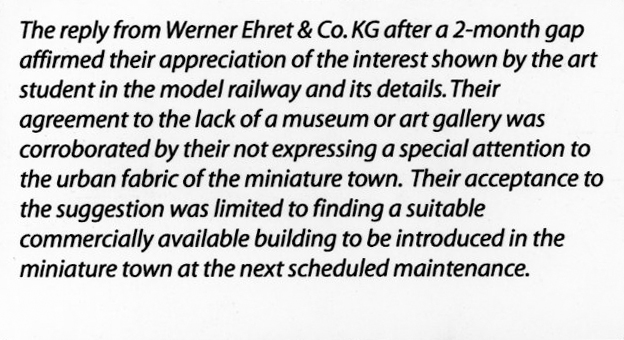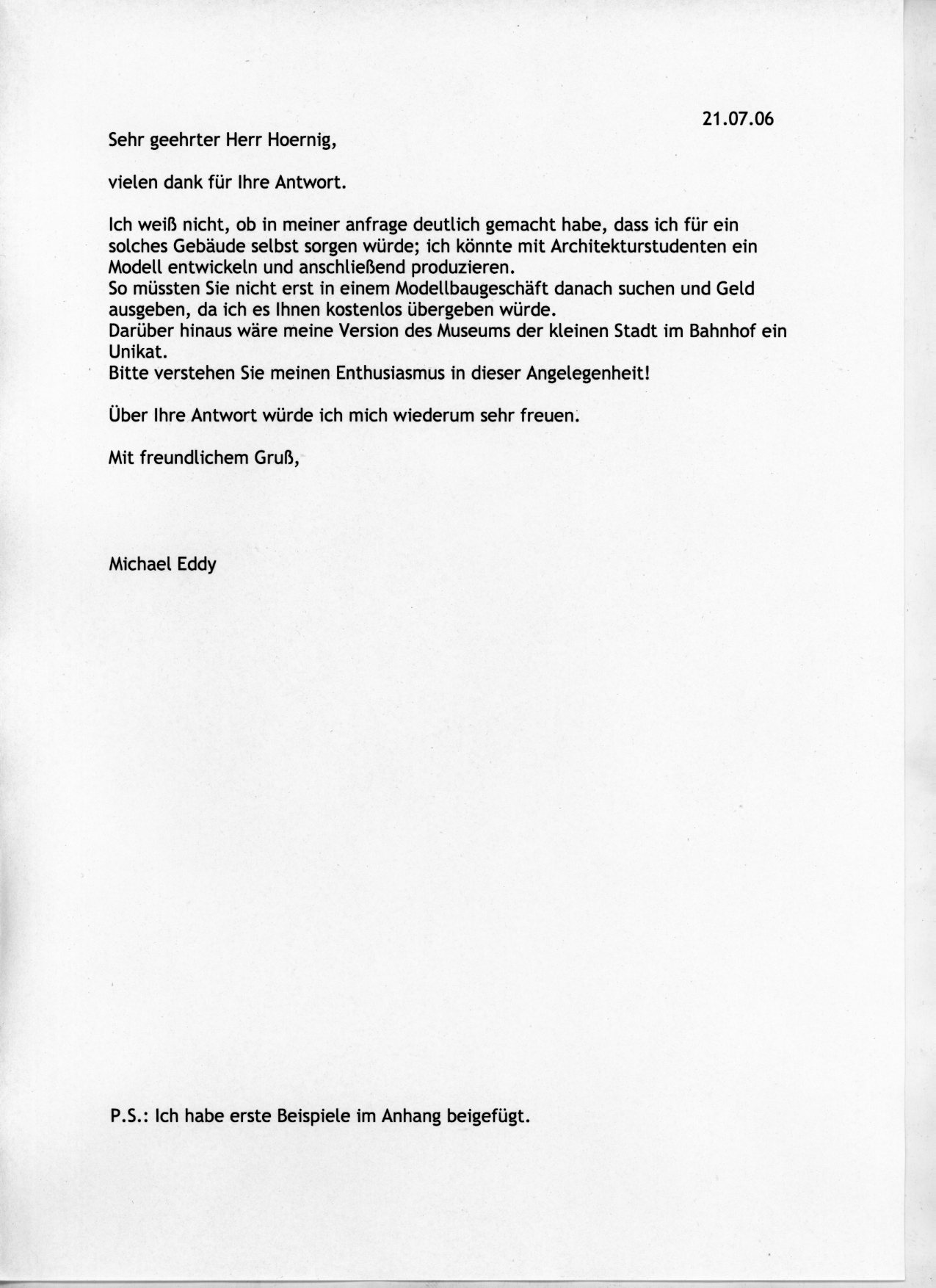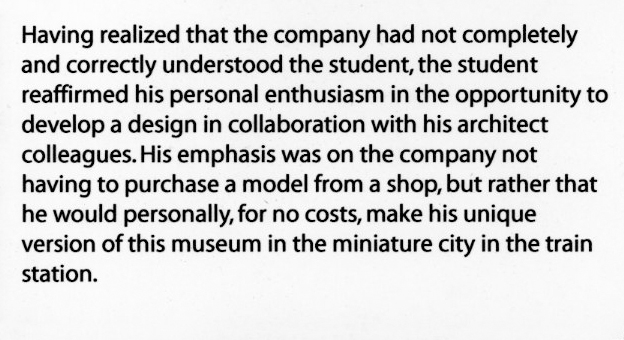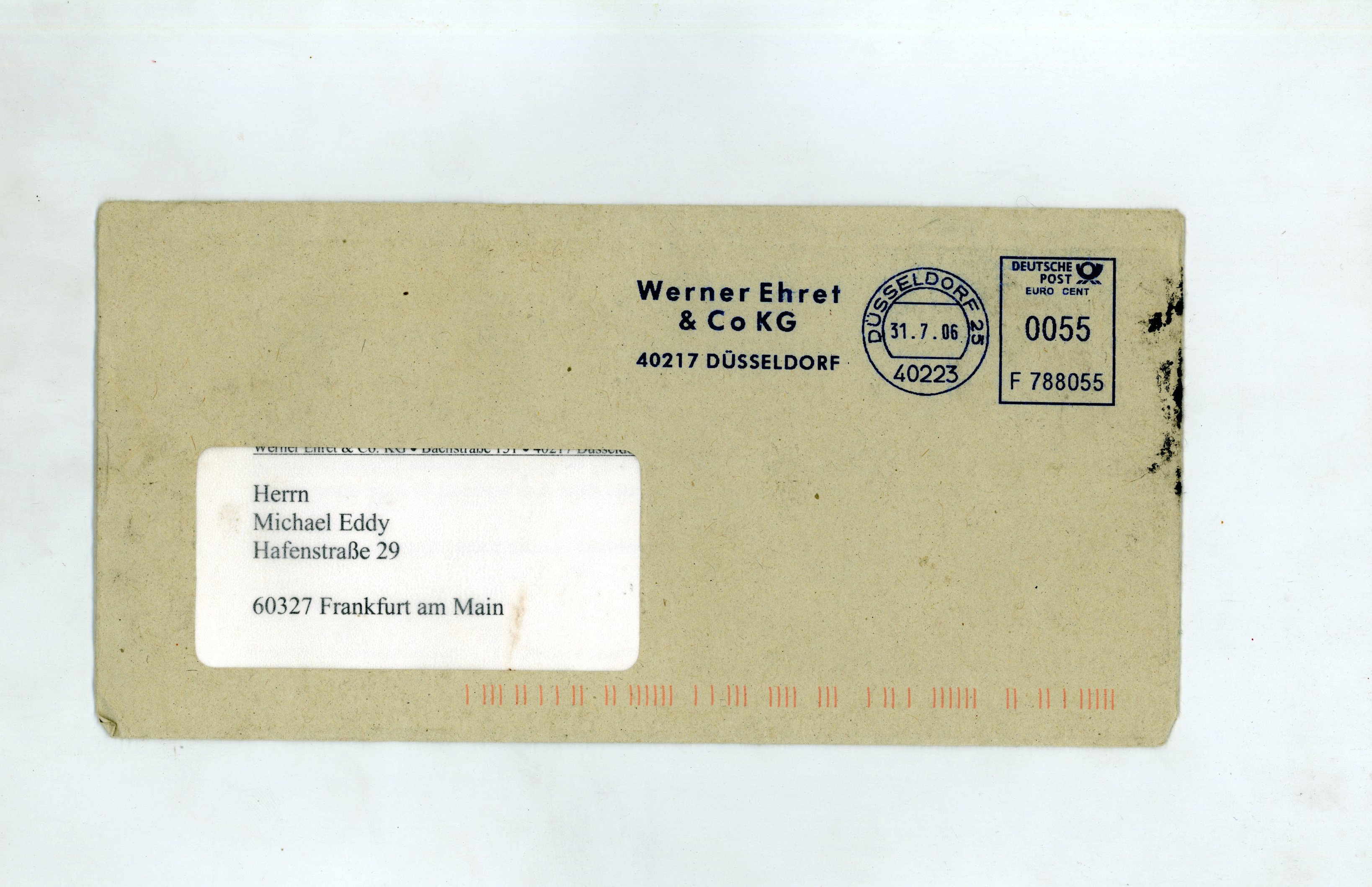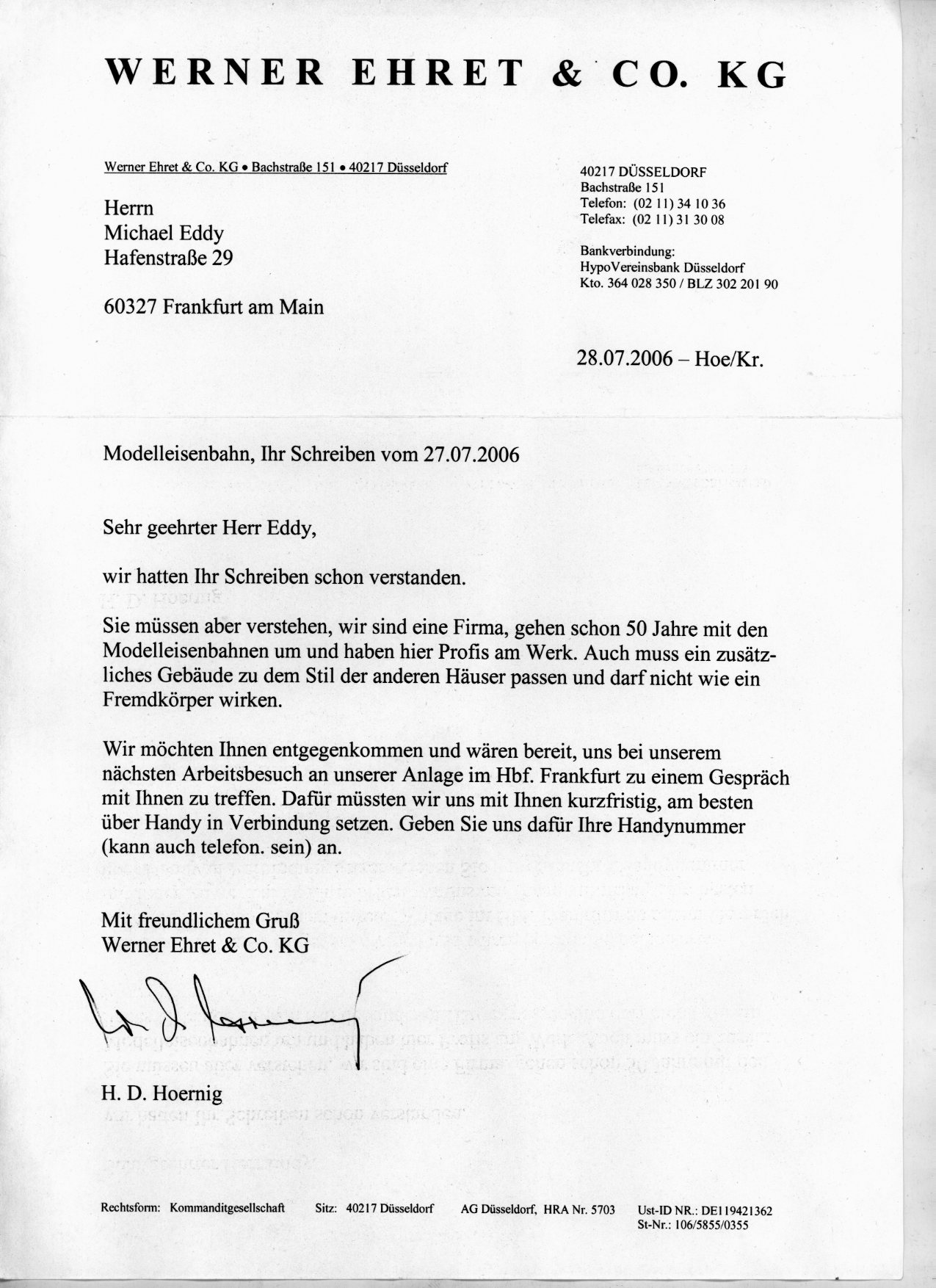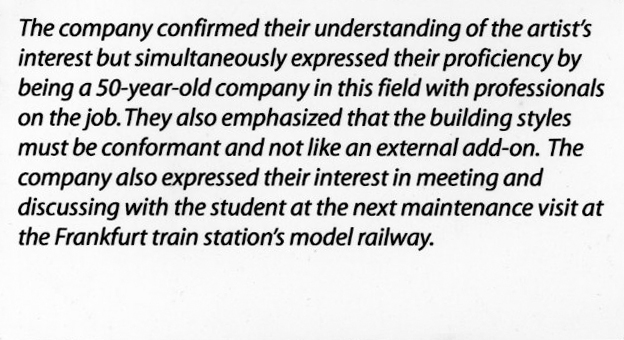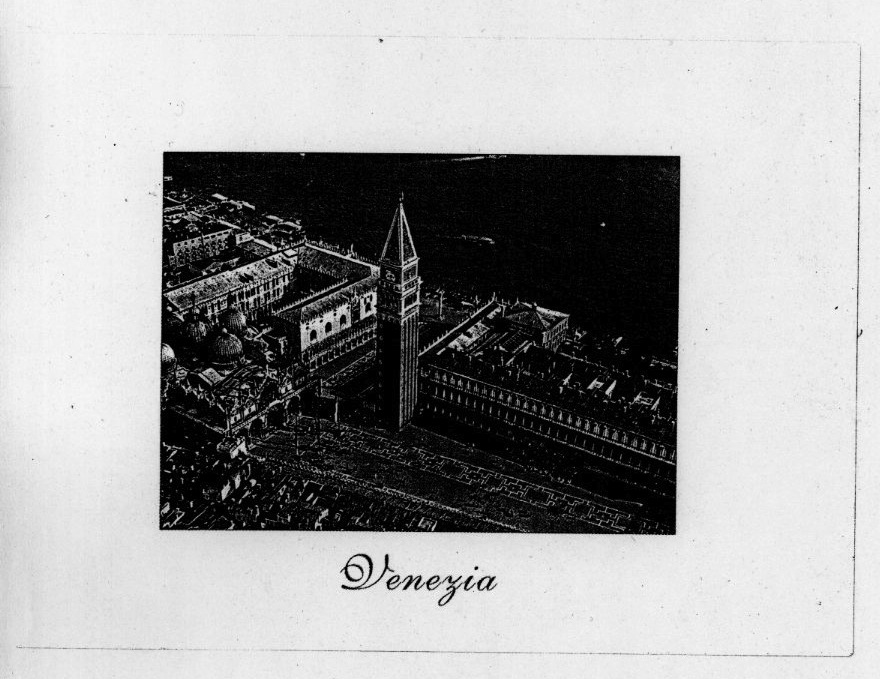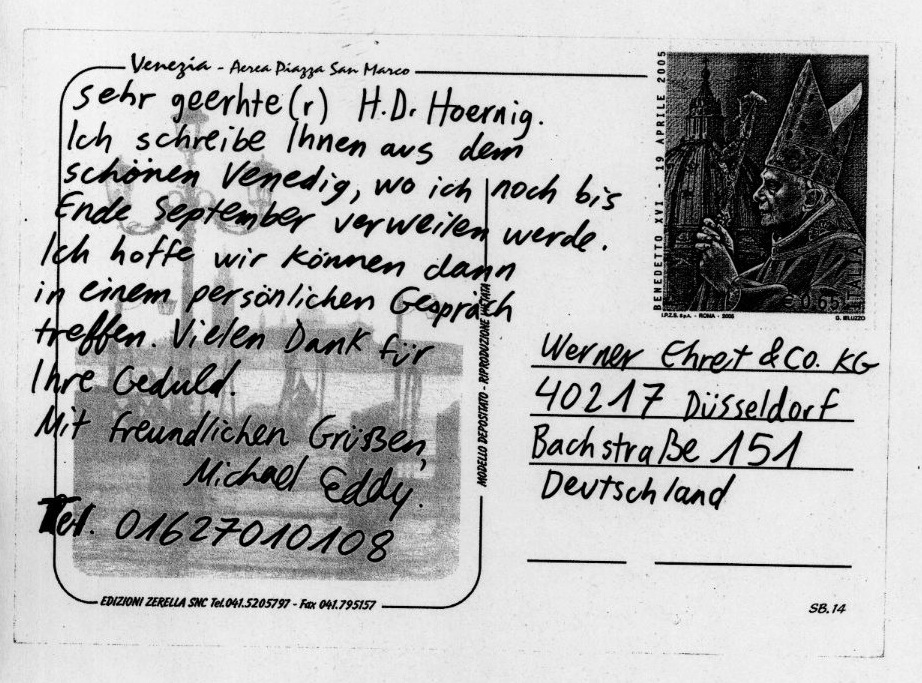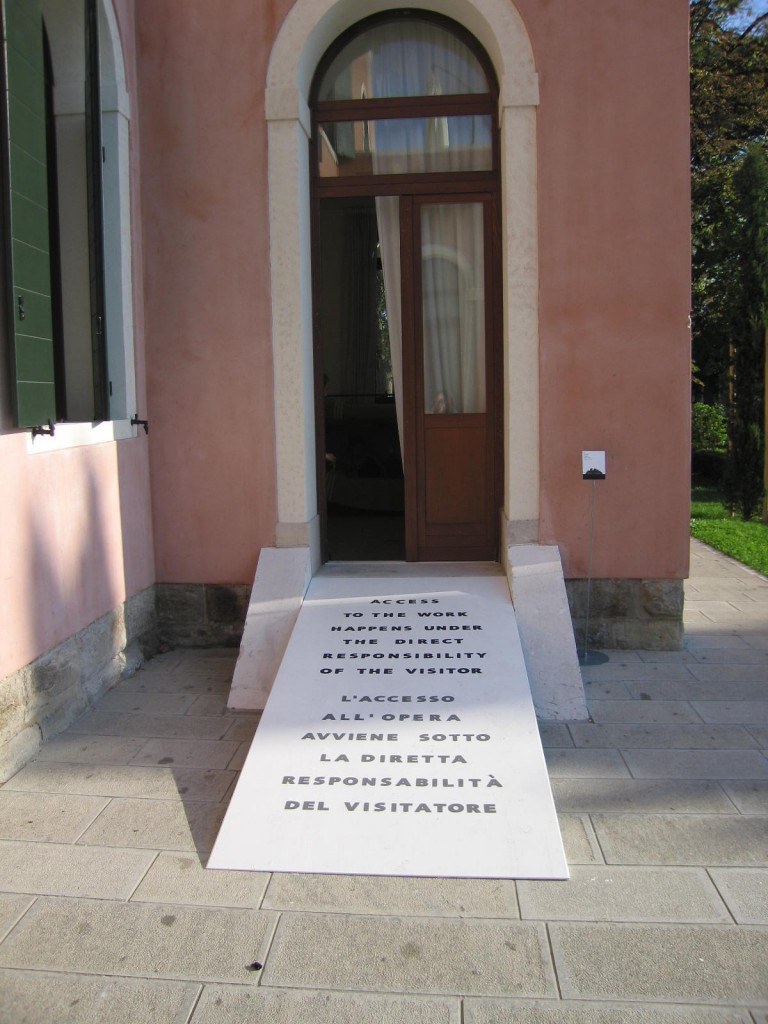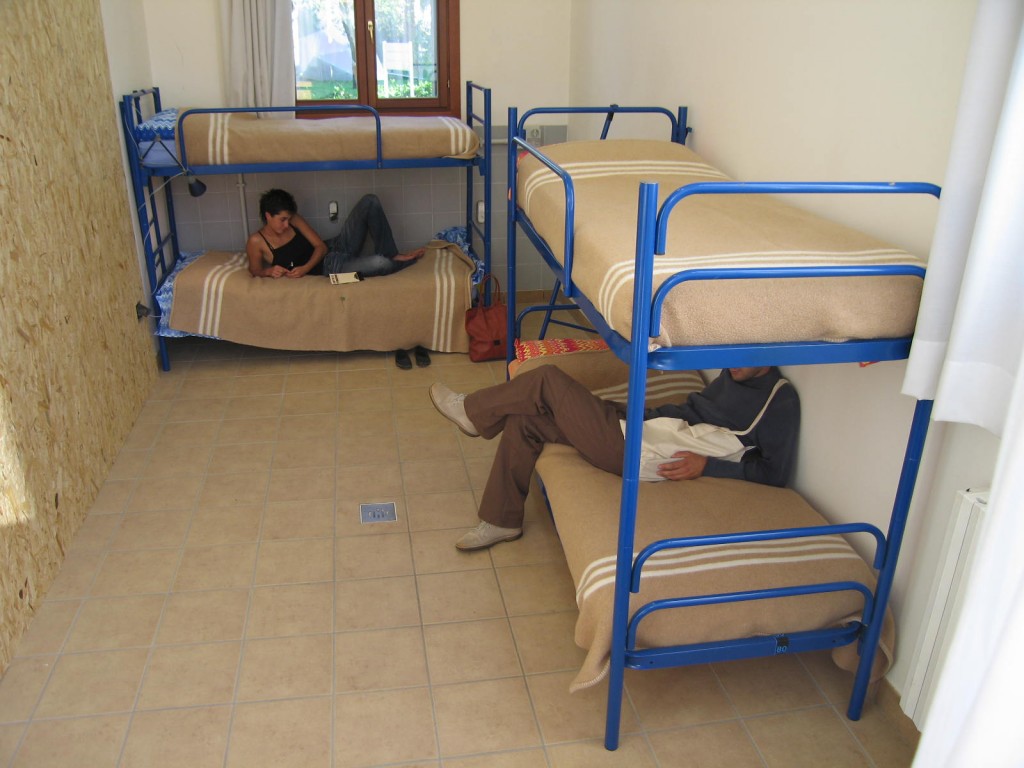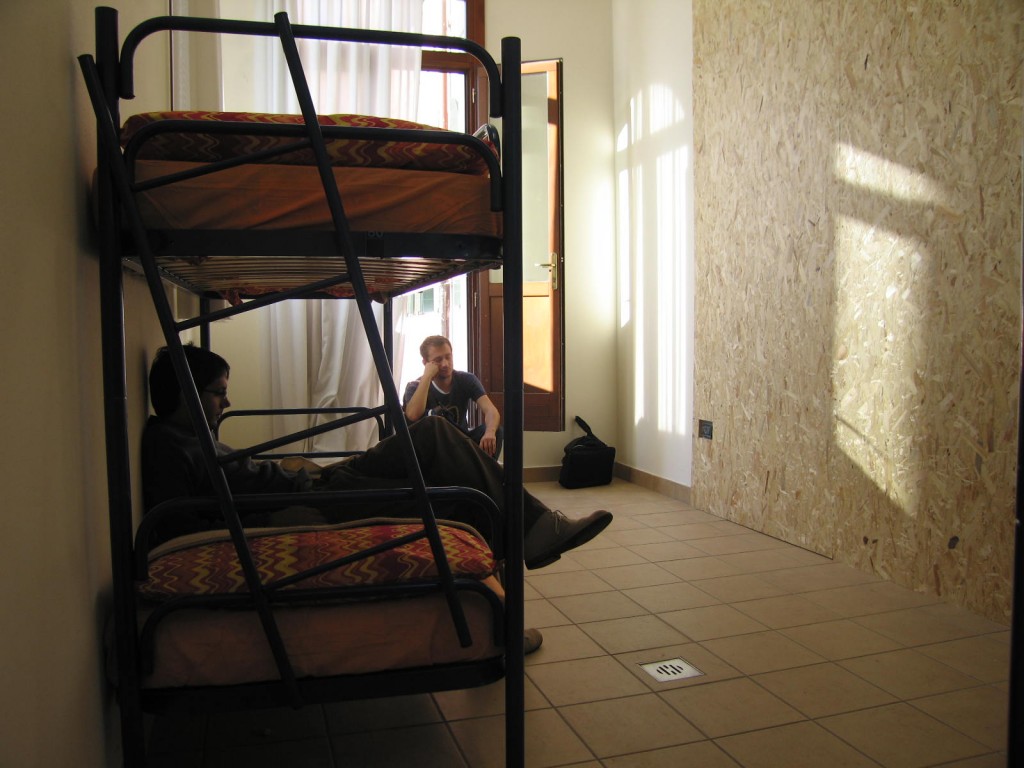This text was published in Issue 17 of Ctrl+P Art Journal, September 2012. The accompanying photographs comprise an ongoing series started in 2009.
Maybe at one point it mattered where you were, in order to be able to get a sense of all the rest out there. A long time ago, when the question still mattered, what is that out there, and how can I get a sense of it (though, the question was probably more accurately, how can I get control of it). At one point it was flat, and then it was round, and then it became flat again. This is what I look upon, this atlas arrayed like an alien hide racked up on the side of the building.
What is the order supplied by these ripped, irregular outlines, concretely approximate, that they should be mounted so? From this, my street-level perspective, viewed from this very specific, hectic and indifferent corner in the Central District, Hong Kong (Des Voeux Road and Pedder Street, to be exact), the world on the wall is static totality.
It is not exactly a war map I am privy to, or an illustration of any particular property deed. It is a call to remember, rather than discover. Or rather, to keep in mind: the rest is out there. But what is the rest? Obviously, it doesnʼt have any particular features, nothing you would seize on. But with a glance, we keep in mind: itʼs 6 am in NY. As on a giant flash card, World flashes up in front of us.
In that instant, NS is that recognizable shape passing unrecognized. From the global view there is nothing particularly salient about it, except for its salience. It juts out into its form like the handle of the continental mass, a fractal projection injected into the extensively moderate curve of an East Coast, somewhere. The flattish lumps of vastness that stretch across vinyl hoardings and unpocked metallic reliefs evoke nothing, serving solely as the thumbnails for repetitive, brute accumulations—your Siberias, Saharas, Ontarios.
The edge between NS and negative space is infra-thin. Just as the mainland depends on it to be comprehensible, NS needs this other, this dark interval that surrenders our differences.
(The artist George Brecht, indignant at the institution of gaps between shapes, breezily brought together Havana and Miami on a map, dissolving family tensions with a shotgun wedding. Their consecratory kiss begs the question: islandizing the peninsula, or peninsulizing the island?)
In a rarefied club of peninsulas that includes “the boot,” “the mitten,” “the horn,” and the “tiger/rabbit,” NS essentially holds the global in its semiotic orientation. To some, it has quaintly and conveniently resembled a lobster, but to me it has always looked like an arm with a finger held northward out of its loose fist, isthmus-cuffed at the wrist. NS punctuates the coherent coastal palindrome with FL as its subtropical reflection, pointing up, gesturing handily to the yet unwritten boreal limits, ⤴ exploitation yonder.
Some less protuberant points come equipped with prosthetic aide-mémoires, artificial bulges large enough to affix their silhouettes to eye and tongue. Liberty, Twins, Syringe: NY. We may not even be able to point out where they would appear up on the map, but their meanings pop up iconically wherever we go. NS, by contrast, has only achieved partial, brief brushes with megastructure-as-calling-card: a Titanic whose immense portability was too radical for its time, and whose proximate final resting place brought only a spout of touristic identification on the impetus of the first truly global movie. A giant explosion on the ill-fated passing of two other ships, rather than erecting a suitably eye- catching monument, simply knocked everything else down. Movements in the proto-global economy havenʼt been kind to the movements of NS itself; with its dead Latin name, it could hardly be said to transport easily.
The scene of the global is the dream of Central. On this crowded corner of the financial sector, down south China way, the world gazes over us like the mute idol of a cult that is too big to fail, surrounded by the lesser fetishes of advanced capitalism, in concrete approximations of worldly desires, your LVs, D&Gs, H&Ms. Elsewhere (everywhere—in China at least), printed in bold but unclear insinuation on the tarpaulins draped over the sheet metal walls hemming infinite numbers of construction sites, its apparition rises again, remote and lure-like amidst visions of computer-generated condominium utopias: the West, the world, everything, the rarefied club. NS haunts the global daytime and its manic and delusional circulations of fantasy, touching everything from coffee to sustainable lightbulbs to air travel to office space. As unpossessable as it is, NS whispers down to you: this could all be yours. It manifests as sacrificial token of the hemisphere, blobbed, smushed, reduced, transfigured, dolled up for a rendezvous with the fickle, homogeneous tastes of Empire.
